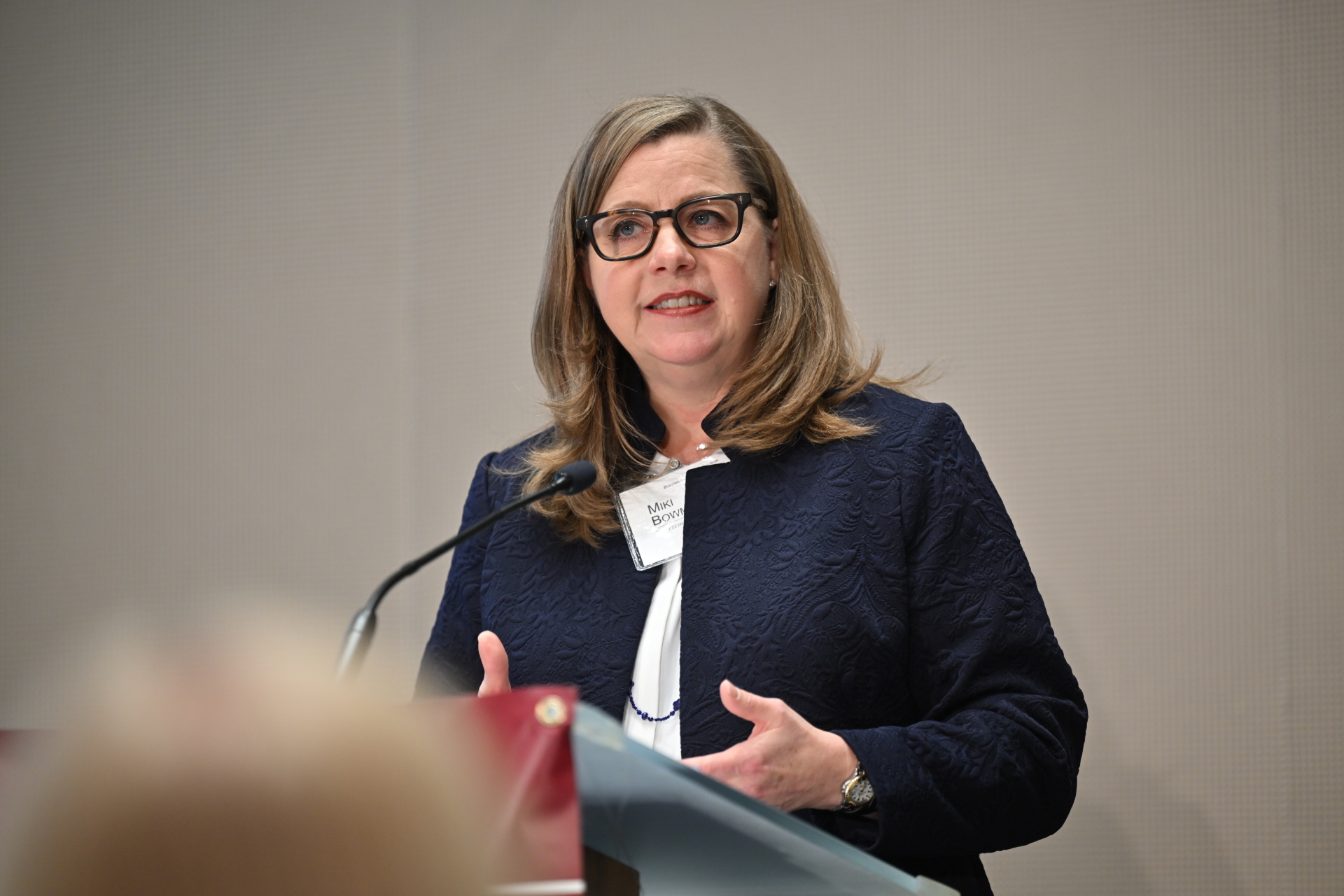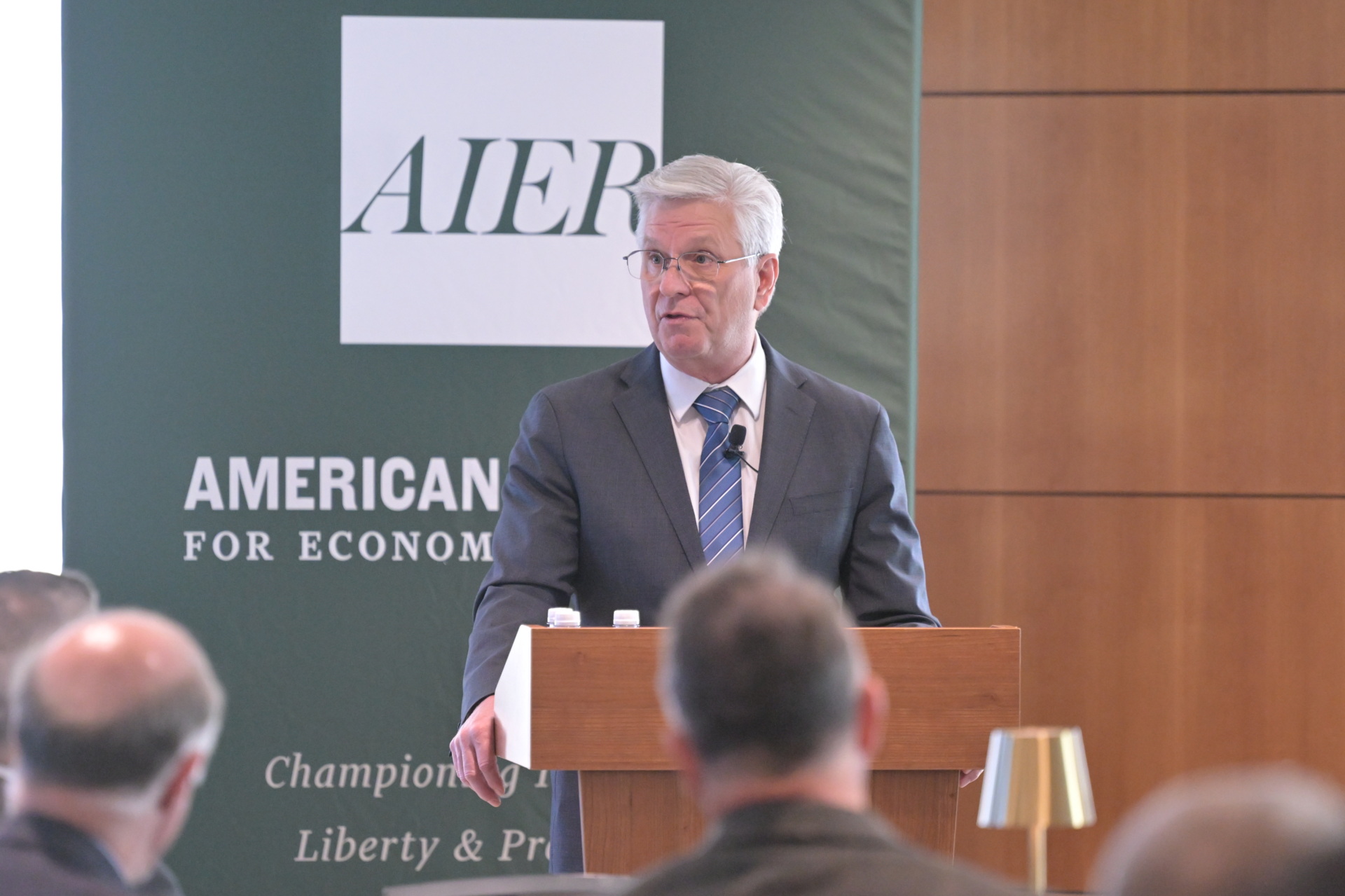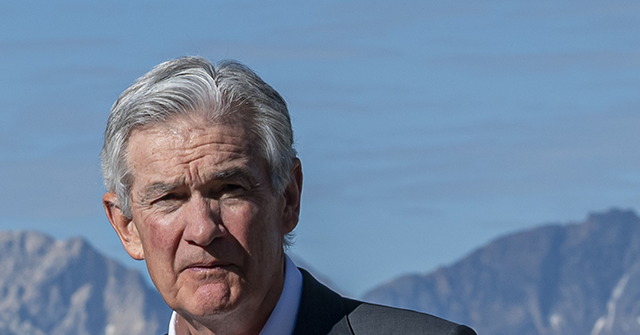Powell Heads to The Mountains
By the time Federal Reserve Chairman Jerome Powell climbs the stage at Jackson Hole this Friday, the familiar choreography will be missing one element: consensus. The minutes of the Fed’s July meeting, released Wednesday, don’t read like the playbook of a central bank serenely steering the economy toward a soft landing. They read like a transcript of an argument.
“Almost all” participants favored holding the federal funds rate at 4.25 to 4.50 percent. “Almost all” does not mean all. Two dissented—Governors Michelle Bowman and Christopher Waller—and their fingerprints are evident throughout the minutes. Where most colleagues worried about upside inflation risk, they saw something different: strip out tariff effects and inflation is close to target already, with downside risks mounting in the labor market.
The Tariff Debate Moves Center Stage
This is not just a fight over decimal points. Tariffs have become the proxy war for larger differences in how the Fed sees its mission. The majority treats them as a potentially lasting inflation shock, a reason to stay wary. A minority insists they are a one-time price-level shift, no more meaningful than an oil embargo or a poor harvest.
The staff itself added fuel to both sides. On the one hand, they acknowledged disinflation has stalled and argued that tariffs are nudging goods prices higher. On the other, they quietly trimmed their tariff forecast relative to June: the impact will be smaller and later, still lifting inflation in 2025 and 2026 but fading by 2027, when their models bring the PCE index back to two percent.
Why Tariffs May Not Push Up Prices
The minutes are unusually rich in real-economy detail, and here the story complicates. Business contacts did not describe a world in which tariff costs automatically translated into higher sticker prices. Instead, they spoke of renegotiating or switching suppliers to find untaxed routes, of reorganizing production processes to economize on tariff-hit components, and of accepting lower profit margins in the short term rather than alienating customers with price hikes. Others reported that managers were leaning harder on wage discipline in compensation talks, or accelerating investments in efficiency and automation to offset the new costs.
Overlaying all of this is the broader demand backdrop. With household spending showing signs of fatigue, many firms simply lack the pricing power to pass on tariffs even if they wanted to. Several participants in the discussion emphasized that weak demand itself was acting as a brake on inflationary spillovers. Put differently: tariffs matter less when the consumer’s wallet refuses to cooperate.
The neat equation “tariffs equal inflation” dissolves into something messier. Tariffs create inflation only if businesses can shift costs to consumers. The evidence emerging in the minutes suggests that ability is limited, contingent, and not nearly as straightforward as headline writers have assumed.
Reading the Waller and Bowman Dissents
The minutes don’t name names, but it isn’t hard to connect dots from sentences like this: “A couple of participants suggested that tariff effects were masking the underlying trend of inflation and, setting aside those effects, inflation was close to target.” That line might as well have carried Bowman and Waller’s initials. They were the two dissenting votes in favor of a quarter-point cut, a rare breach inside the Board itself. Bowman has since argued publicly that tariff inflation should be discounted as a one-off, a point Waller has been arguing for months. Waller has said the “wait and see” approach risks leaving policy behind the curve.
These aren’t radical positions. They rest on the view that tariffs are less likely to unanchor expectations than to create temporary noise in the data, while a cooling labor market is the real risk worth guarding against.

Federal Reserve Governor Michelle Bowman speaks at a symposium on November 22, 2024. (Federal Reserve via Flickr)

Federal Reserve Governor Christopher Waller gives a speech on December 2, 2024. (Federal Reserve via Flickr)
Powell’s Tightrope at Jackson Hole
This leaves Powell with a rhetorical balancing act. He must speak for a committee in which a majority still puts tariff-linked inflation at the top of the risk register, while acknowledging an articulate minority that sees the economy sagging beneath restrictive rates. He must echo staff analysis that is itself hedged—tariff inflation is real but smaller than feared, prolonged but not permanent.
Independence, credibility, and the Fed’s framework are all part of his Wyoming agenda. But the practical test is narrower: can he convince markets, and perhaps his colleagues, that the central bank knows the difference between a price-level shock and an inflation trend? That distinction is the thin line between easing too late and tightening too long.


















